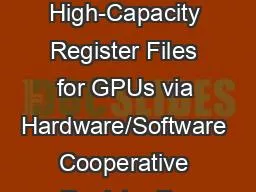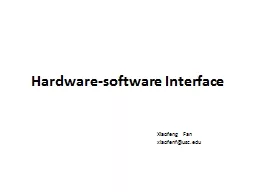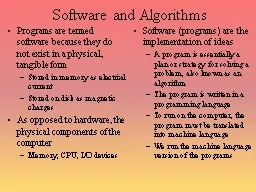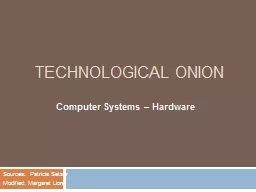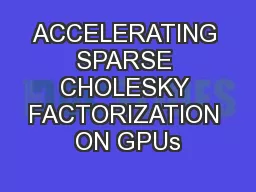PPT-LTRF: Enabling High-Capacity Register Files for GPUs via Hardware/Software Cooperative
Author : desiron | Published Date : 2020-06-17
Mohammad Sadrosadati Amirhossein Mirhosseini Seyed Borna Ehsani Hamid Sarbazi Azad Mario Drumond Babak Falsafi Rachata Ausavarungnirun Onur Mutlu Register
Presentation Embed Code
Download Presentation
Download Presentation The PPT/PDF document "LTRF: Enabling High-Capacity Register Fi..." is the property of its rightful owner. Permission is granted to download and print the materials on this website for personal, non-commercial use only, and to display it on your personal computer provided you do not modify the materials and that you retain all copyright notices contained in the materials. By downloading content from our website, you accept the terms of this agreement.
LTRF: Enabling High-Capacity Register Files for GPUs via Hardware/Software Cooperative: Transcript
Download Rules Of Document
"LTRF: Enabling High-Capacity Register Files for GPUs via Hardware/Software Cooperative"The content belongs to its owner. You may download and print it for personal use, without modification, and keep all copyright notices. By downloading, you agree to these terms.
Related Documents

